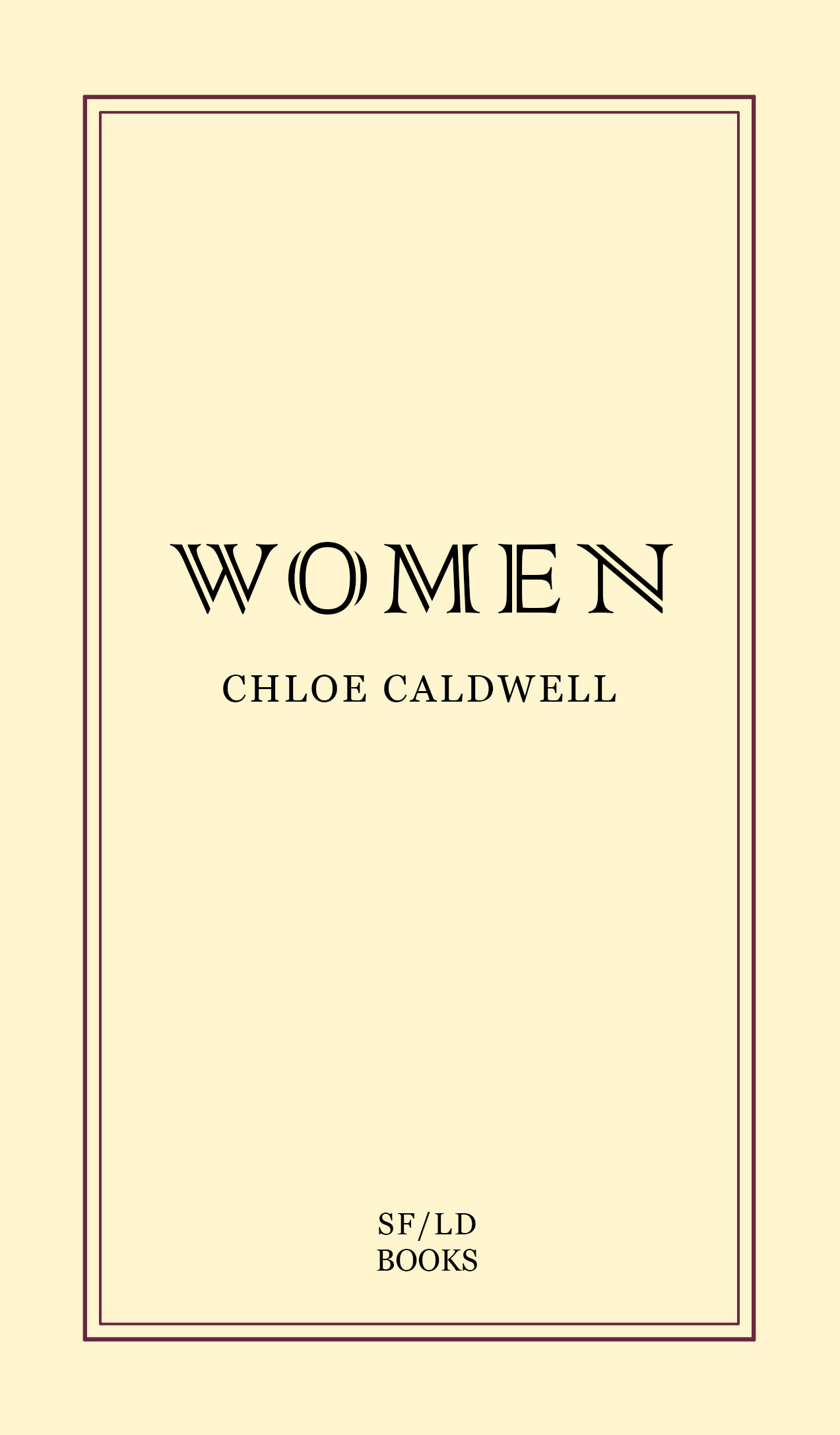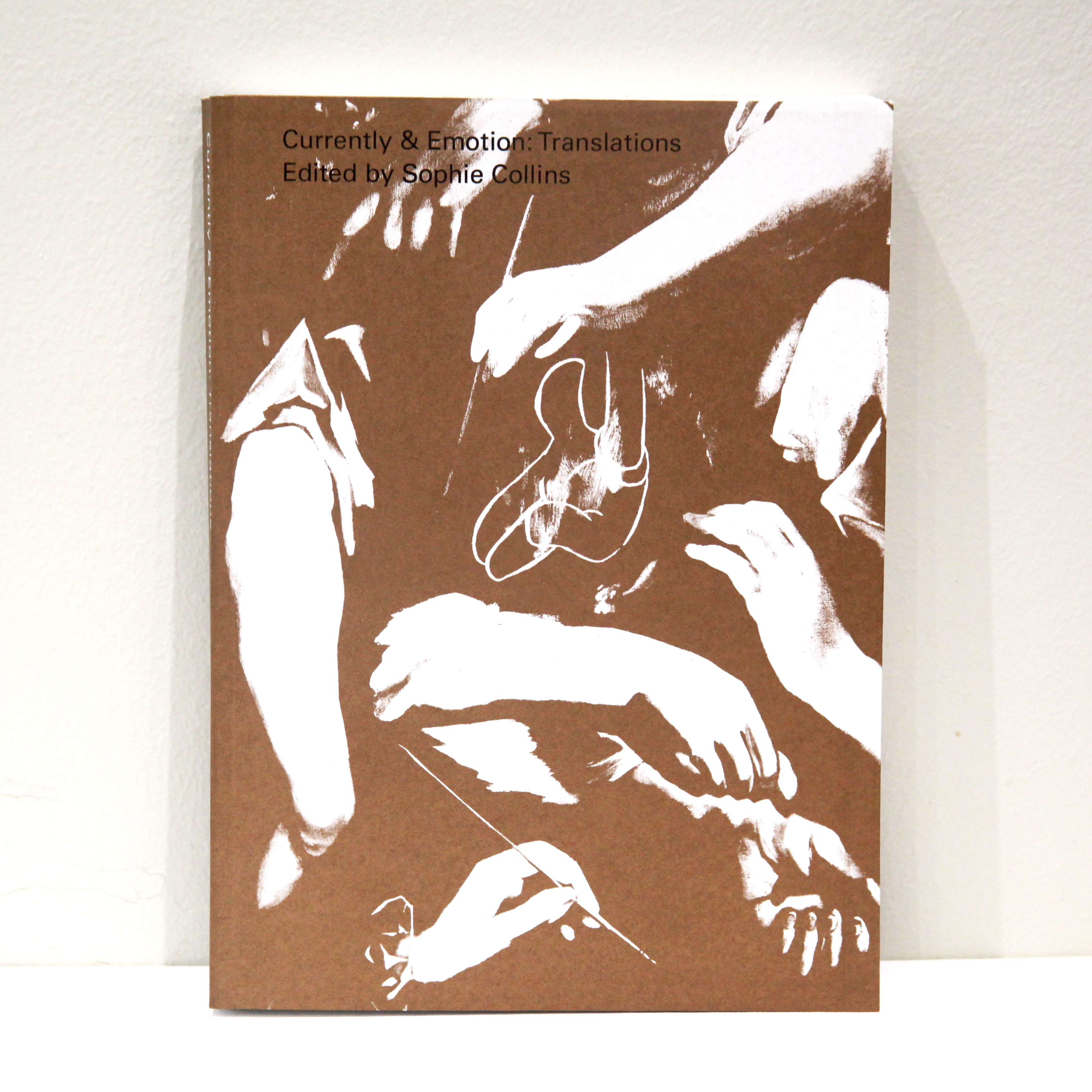Lies/Isle (The Horror Issue)
-Reviewed by Thomas White–
Lies/Isle declare that they invite submissions dealing with the ‘space between static and time based elements’. That is to say, those moments in which the temporal flow is suspended by a consciousness intent on taking in the minutiae of detail encircling it.
The protagonist of Ken Baumann’s ‘Cease’ shows consciousnesses of this irk, each paragraph a varicose vein of impressions (a knife, a mirror that shatters, symbolising…something) that quickly lose the rhythm they initially create. That is not to say that the phrasing does not have its moments of clarity – the action takes place at a point ‘high enough for a fall to become contemplative’. Unfortunately, such instances are offset by a frequent reliance on stock images and phrasing.
Helen Vitora’s ‘While in Captivity’ suffers from no such homogenisation of image and thought. A poem which sees the ‘shark’s replacement teeth’ become ‘cookie cutters’ and bruise the windowsill. Rather arbitrary line breaks suggest a poem straitjacketed because of visual rather than rhythmic considerations.
‘She enjoyed masturbating to the video as the victim was being killed’ reports the silent speaker in Mitch Patrick’s ‘Killing Time’, a video that despite featuring clips of masturbation (edited in such a way as to appear less like sexual organs and more like gaping wounds) fails to shock. It comes as no surprise when the masturbating subject climaxes at the point of the victim’s death, and the revelation that she was using her orgasm as a means to feel ‘something like dying’ fails to say much at all about anything. The video’s imagery, admittedly, lingers.
David Peak’s first two poems set about uniting the theme of architecture with head based trauma, the first describing a face ravaged by cancer:
‘My face is an abscess
Cut the cancer off my face
Put metal in me’
Before touching upon how such trauma can alter our perception of the surrounding architecture; the basement becomes a ‘crawlspace’ and there is something wrong ‘with the angles of the hallway’. The second poem reveals the reason for the unlikely union between such disparate themes. We learn that his father (presumably a carpenter) taught him to ‘hammer nails’ and ‘eye the craftsmanship’ and that, as a result of this, when he sees his father’s (presumably) autopsied head, he sees it in architectural terms; his mouth becoming walls and a floor that are ‘forever vanishing’. It is unfortunate that the third and final poem of the sequence succeeds only in extending the catalogue of mouth based horrors, rather than developing the intriguing links made by the first two poems.
The medical theme continues with ‘The Skin Game’by James Tadd Adcox,a piece named after John Galsworthy’s play of the same name, in which an interviewer asks for the definition of medical terms and is answered by a voice whose replies consist of snippets lifted from the play:
‘What do you mean by objective symptoms?’
‘Who touches pith shall be defiled’
The answer utilises a phrase which, in its original context (the Biblical Apocrypha), was a warning against the dangers of associating with the rich and influential. The resulting connection between the abandonment of social values and physical trauma to the body is so well developed that when the interviewer asks at the conclusion of the piece for the prognosis, there is no need for the second speaker to provide an answer (‘be quiet. There’s no mystery’) such is the aptness of the extended metaphor.
Too little exists between the lines of Erik Wennermark’s ‘The Candidate’ to be of more than fleeting psychological interest to the reader. Though ‘The Candidate’ himself (a Goatman, ‘gifted with balls’ but ‘without a cock’) exists in a world solidly realised, his inner life fails to garner the complexity that his outer form would suggest. Where writers like Anne Carson present a middle ground where the boundaries between mythology and reality are indistinct, the resulting hybrid saying something about both, Wennermark explicitly and inexplicably denies us the pleasure of disentangling metaphor from reality; ‘I am not a metaphor. I am a Goatman without a cock’ ‘The Candidate’ says in aside, before indulging predictably in violence.
Ben Segal’s first story, ‘Maldoror, Suffering From Kidney Failure, Tapes his Weekly Television Show’, explores the horror of living in a spotlight afforded to you by a terminal illness. He relies on rather heavy handed metaphors in order to do so by speaking as someone suffering from Kidney failure who, given airtime, threatens to tear out the teeth and kidneys of his viewers. However, in his second offering ‘Mother Tongue’, Segal deftly literalises the metaphors that we speak in when we talk of learning our mother tongue. In doing so, he creates a fable in which the mother’s tongue provides literal sustenance as seasoned meat, and in which the mother, feeling her tongue re-grow, exclaims ‘I’ve still got some things to teach!’.
Pieces by Tyann Prentice, Nate Dorr and Elizabeth Witte follow, each distinctive by virtue of their formal experimentation. Prentice pitches his highly Latinate, pseudo medical verse in an almost capricious arrangement of aside lines which fade, reappear and overlap, seeming sometimes to comment on and clarify the horror, sometimes to obfuscate. Dorr presents his musings on dentist waiting rooms in one solid block of text – a form appropriate to the atmosphere of claustrophobia he succeeds in creating. Witte uses parenthesis to intriguing effect; ‘Where (in the[most beautiful] harmful place)’ and like Prentice’s verse (‘ spook speed/ collapses space in the toque fist of its logic’) finds power in the rhythm of the words as they trip from the tongue rather than in any concrete meaning.
William Vandenberg in ‘This is How we Move Through Homes’ presents an attempt to piece together the long departed residents of houses from the objects found there. It is an exercise that fails – the memories that they conjure are connected only by ‘loose strands of thread’ and the residents manifest only as shadowy figures. It is at times powerful, but sometimes reads like a description of a series of photographs or a conceptual art exhibition, and I was left floundering for anchorage.
The strongest pieces on offer in this Horror edition of Lies/Isle utilise horror as a way of making the intangible all too tangible. Moral decay is given a physical presence in ‘The Skin Games’ while an ageing mother, whose daughters no longer need her words of sustenance and knowledge, finds an appropriate metaphor for her plight in ‘Mother Tongue’. At its weakest, the horror exists as static images that fail to ignite interest, as a substitute for ideas, or as a justification for impenetrable voices that demand of the reader too much whilst giving too little in return.
Clayton T. Michaels’ ‘Monster’, the last piece of the collection, disintegrates into a series of footnotes within footnotes. Initially delighting with its depiction of cancer as ‘henna headed’ and consonants as ‘lousy lovers’, it soon sets about thwarting any desire to look beneath the surface with a series of gruesome images that may or may not be part of an overarching metaphor. As such, ‘Monster’, whilst delivering unique imagery, falls foul of many of the complaints that can be levelled at several of the pieces that precede it in this edition of Lies/Isle.





It all sounds quite intriguing. I may have to siphon through my Brothers collection and see this for myself.
Pingback: Good Egg / Bad Egg | erikwennermark.com
Dear Erik,
Thankyou for taking the time to read my review of your work. Having read your comment I feel an impulse to spend some time familiarising myself with The Cremaster Cycle. I am certain that this will enrich my reading of your work – apologies for not picking up on this link in the first place!
I will also set aside some time to read some more of your work
Best,
Tom White